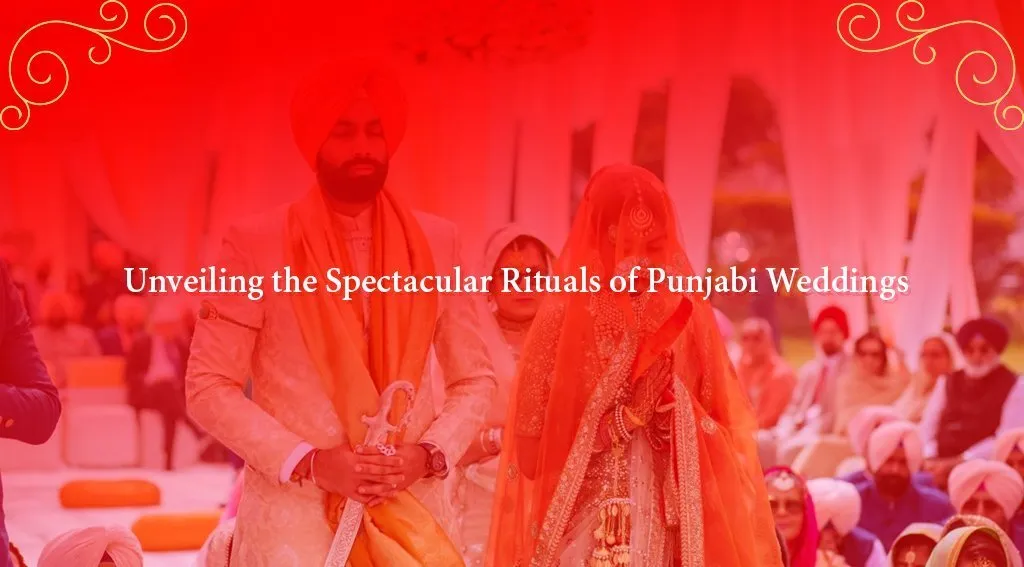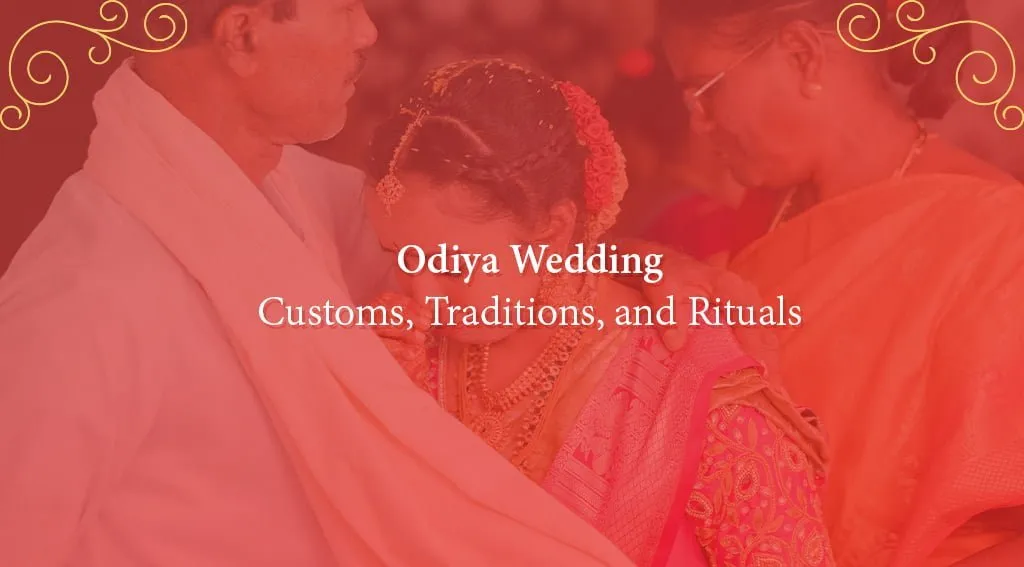The Konkani culture, rooted in the picturesque coastal regions of Goa and parts of Karnataka, is known for its vibrant traditions and celebrations. Konkani wedding amalgamates rich customs, colorful rituals, and heartfelt emotions.
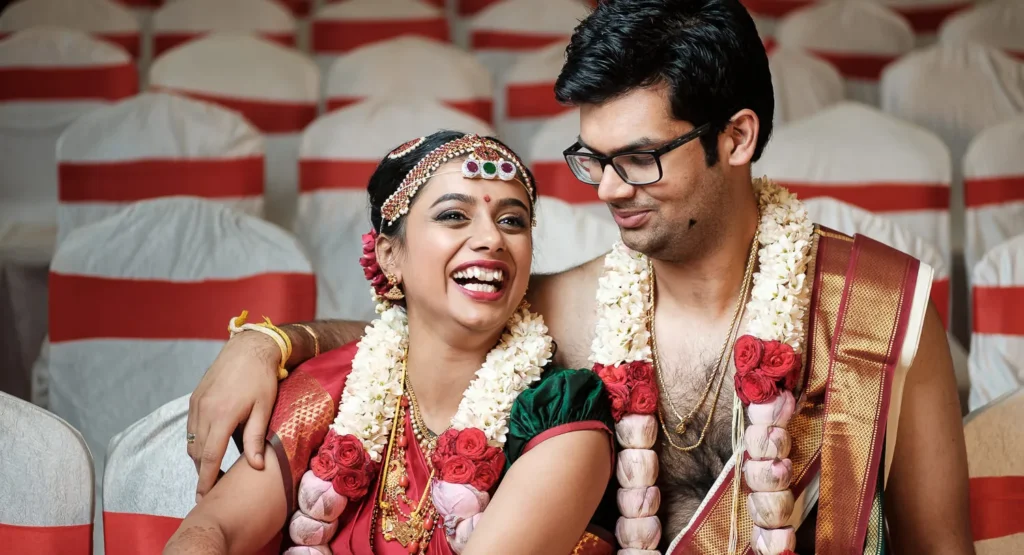
In this article, we will delve into the intricacies of Konkani Wedding Rituals, and post-wedding ceremonies, understanding their cultural importance, and exploring the various rituals that make these events extraordinary.
Pre-Wedding Ceremonies: Laying the Foundation of Love
The pre-wedding ceremonies in Konkani Wedding Rituals are a series of joyous events that set the stage for the upcoming wedding. These ceremonies strengthen the bond between the bride and groom, their families, and the community. Let’s explore some of the key pre-wedding ceremonies:
1. Naman: Seeking Blessings from Elders
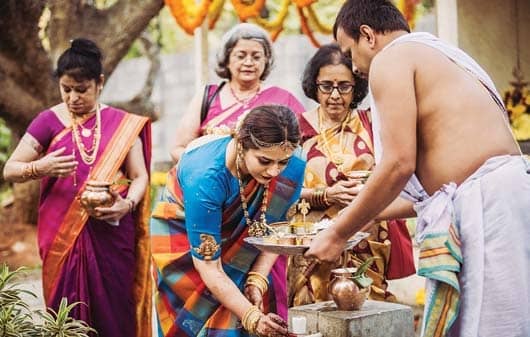
Naman is a beautiful tradition where the couple seeks blessings from their elders, seeking their good wishes for a happy and prosperous life together. The elders bless the couple and offer their valuable advice for a successful marriage.
2. Gauna: Gifting the Bride
Gauna is a significant ceremony where the bride’s family presents her with gifts, symbolizing her transition to her new life with the groom. It is a heartfelt moment of love and acceptance between the families.
Also Read | Best Bridal Lipstick Shades Under Low Budgets
3. Sangeet: Celebrating with Music and Dance

Sangeet is a lively celebration filled with music, dance, and joy. Family and friends come together to perform traditional dances and sing folk songs, adding a touch of merriment to the pre-wedding festivities.
4. Mehndi: Adorning Hands with Henna
Mehndi is an artful ceremony where intricate henna designs are applied to the bride’s hands and feet. It symbolizes love, beauty, and the deep connection between the couple.
5. Haldi: Auspicious Turmeric Application

Haldi is a sacred ceremony where turmeric paste is applied to the bride and groom’s bodies. This Konkani Wedding Ritual is believed to purify and bless them before the wedding.
The Konkani Wedding: A Union of Hearts and Souls
The Konkani wedding is a grand affair, filled with cultural rituals and customs that make it a deeply cherished event for the couple and their families. Let’s immerse ourselves in the various stages of a Konkani wedding:
6. Ganapati Puja: Seeking Lord Ganesha’s Blessings

The wedding commences with a Ganapati Puja, where the couple and their families seek blessings from Lord Ganesha, the remover of obstacles, for a smooth and auspicious wedding ceremony.
7. Kanyadaan: The Gift of a Daughter
Kanyadaan is a heartwarming ceremony where the bride’s parents give away their beloved daughter to the groom. It symbolizes the bride’s transition to a new phase of life.
Also Read | Summer Wedding Saree Wardrobe Like B-Town: Embrace the Timeless Tradition!
8. Saptapadi: Seven Sacred Vows
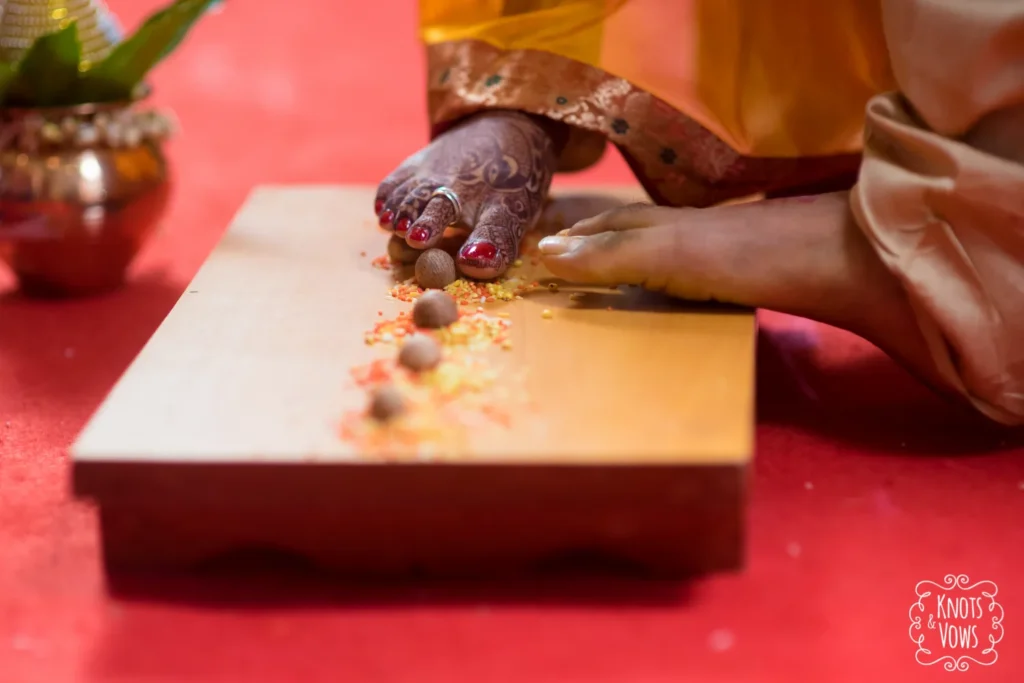
The Saptapadi is the most crucial Konkani Wedding ritual, where the couple takes seven sacred vows, each step representing a promise they make to each other for a happy and fulfilling life together.
9. Laaja Homam: Offering to the Fire
The couple performs the Laaja Homam, offering puffed rice into the sacred fire. It symbolizes the couple’s gratitude and devotion to the divine forces.
Also Read | Best Wedding Saree Trends for Brides-Mother.
10. Manthrakodi: Exchanging Garlands
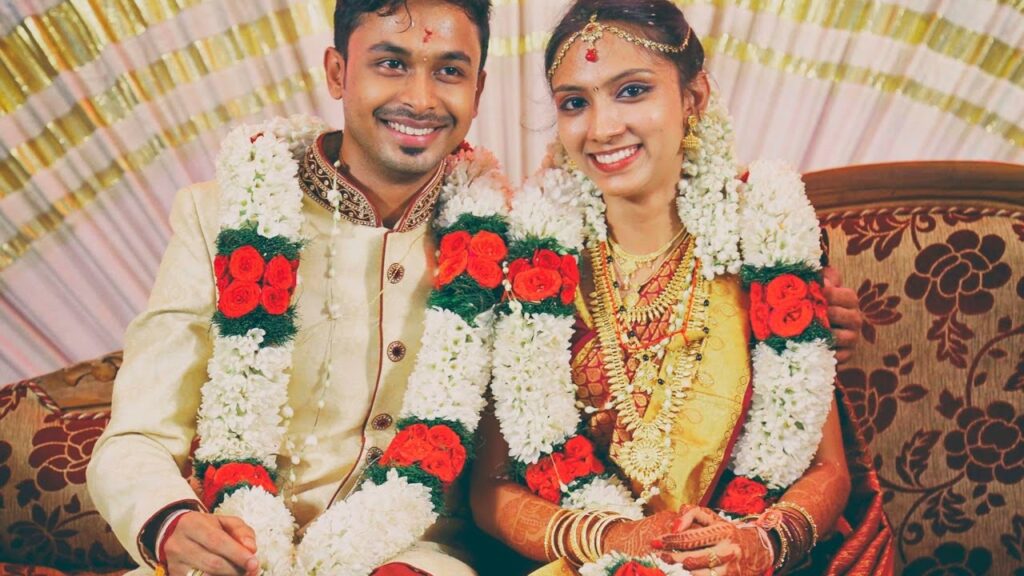
The Manthrakodi ceremony involves the couple exchanging beautifully adorned garlands, signifying their acceptance of each other as life partners.
11. Mangalsutra and Kumkumarchane: Symbol of Married Life
The groom ties the Mangalsutra (sacred necklace) around the bride’s neck, and Kumkumarchane is performed, where vermillion is applied on the bride’s forehead, symbolizing her married status.
12. Vidaai: Farewell to the Bride
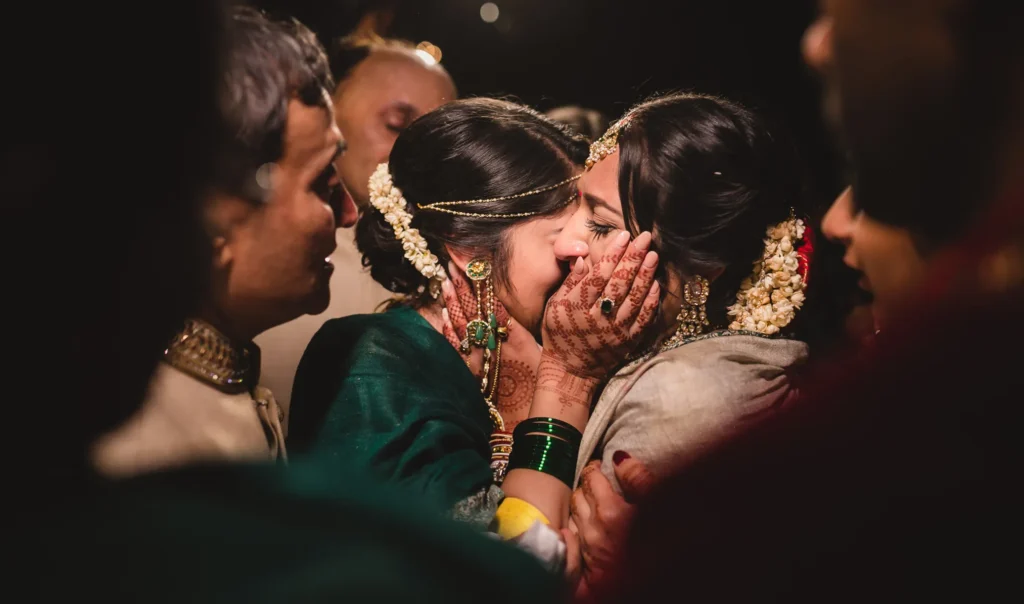
Vidaai is an emotional moment where the bride bids farewell to her parents and family as she embarks on her new journey with her husband.
Post-Wedding Celebrations: Strengthening Bonds
The joyous celebrations continue even after the wedding, as family and friends come together to cherish the newlywed couple and create beautiful memories. Let’s explore the post-wedding ceremonies:
13. Ashirvad: Blessings from Elders

After the wedding, the couple seeks blessings from their elders, who shower them with love, wisdom, and well wishes for a prosperous married life.
14. Grihapravesh: Welcoming the Bride
Upon arrival at the groom’s home, the bride is welcomed with a traditional ceremony called Grihapravesh. She enters her new home, symbolizing the beginning of her life with her husband.
Also Read | 11 Captivating Wedding Traditions from Around the World
15. Reception: Celebrating Love with Elegance
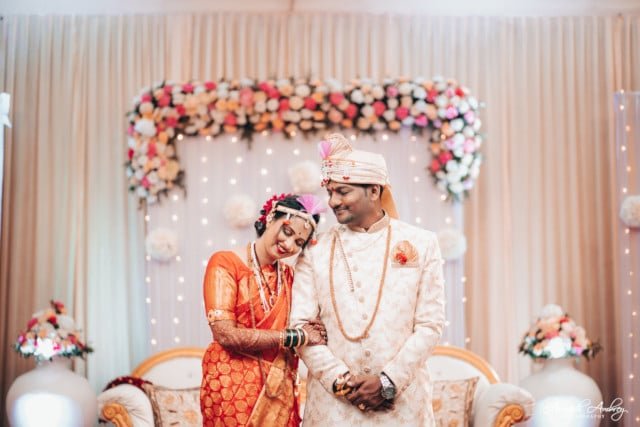
The wedding reception is a grand celebration where the newlywed couple is warmly received and congratulated by their extended family and friends.
Conclusion: A Tapestry of Love and Tradition
The beautiful Konkani Wedding Rituals celebrations are not just events but reflections of the deep-rooted culture and cherished customs that make Konkani weddings truly extraordinary.
From seeking blessings and exchanging vows to joyous festivities, each moment is a testament to the building of love between the couple and the bond shared with their families. Let us enjoy the beauty of Konkani weddings and celebrate the rich heritage.
FAQs
What is the significance of the Saptapadi in a Konkani wedding?
The Saptapadi is the most crucial ritual in a Konkani wedding. The couple takes seven vows, symbolizing their commitment to each other and their promise to lead a fulfilling life together.
What is the importance of the Naman ceremony?
The Naman ceremony is significant as it seeks blessings from elders, whose wisdom and love are believed to guide the couple through their marital journey.
Why is the Mehndi ceremony essential in a Konkani wedding?
The Mehndi ceremony not only beautifies the bride’s hands and feet but also represents love, happiness, and the bond between the couple.
What does the Grihapravesh ceremony signify?
The Grihapravesh ceremony is a symbolic representation of the bride’s new beginning in her husband’s home and her acceptance into the groom’s family.


